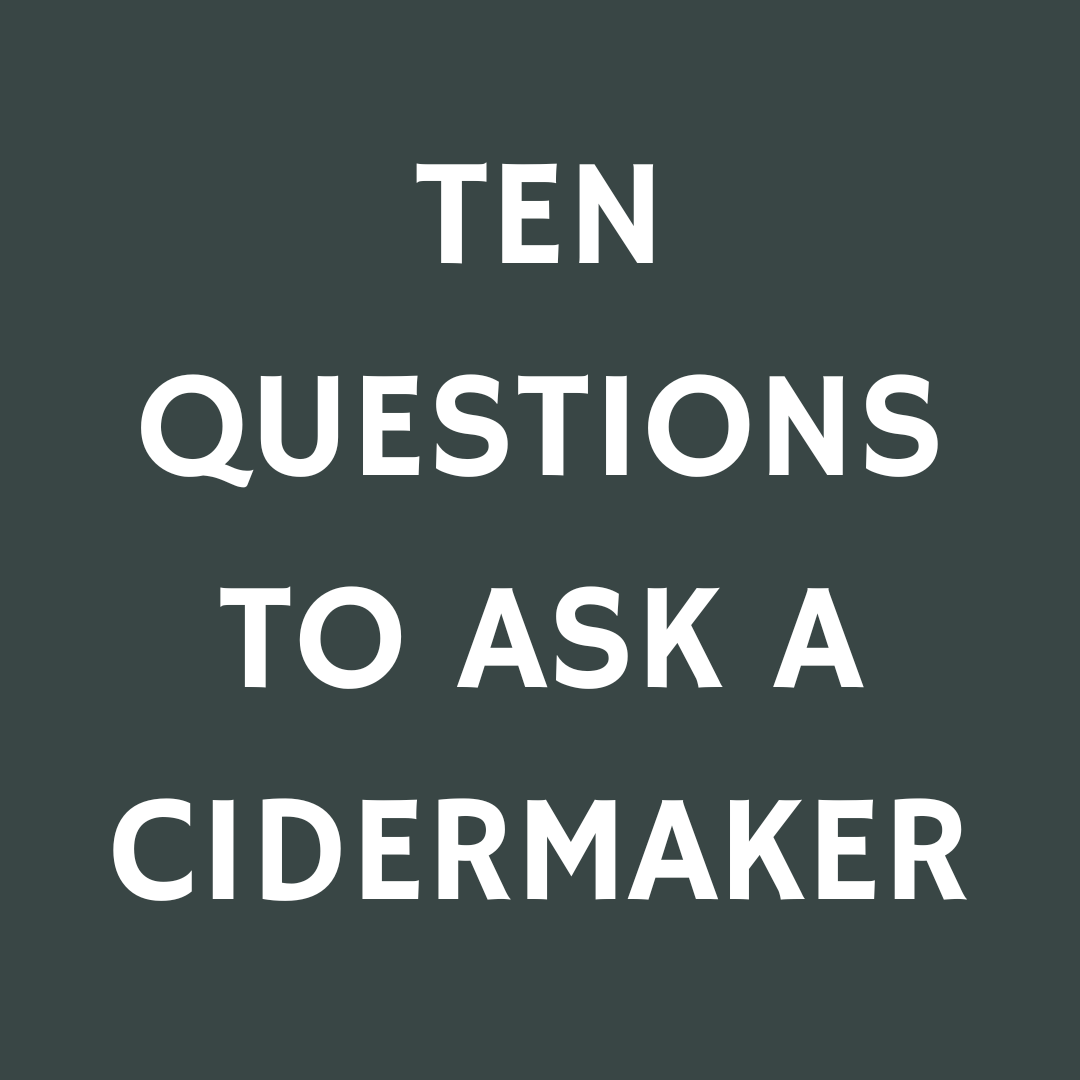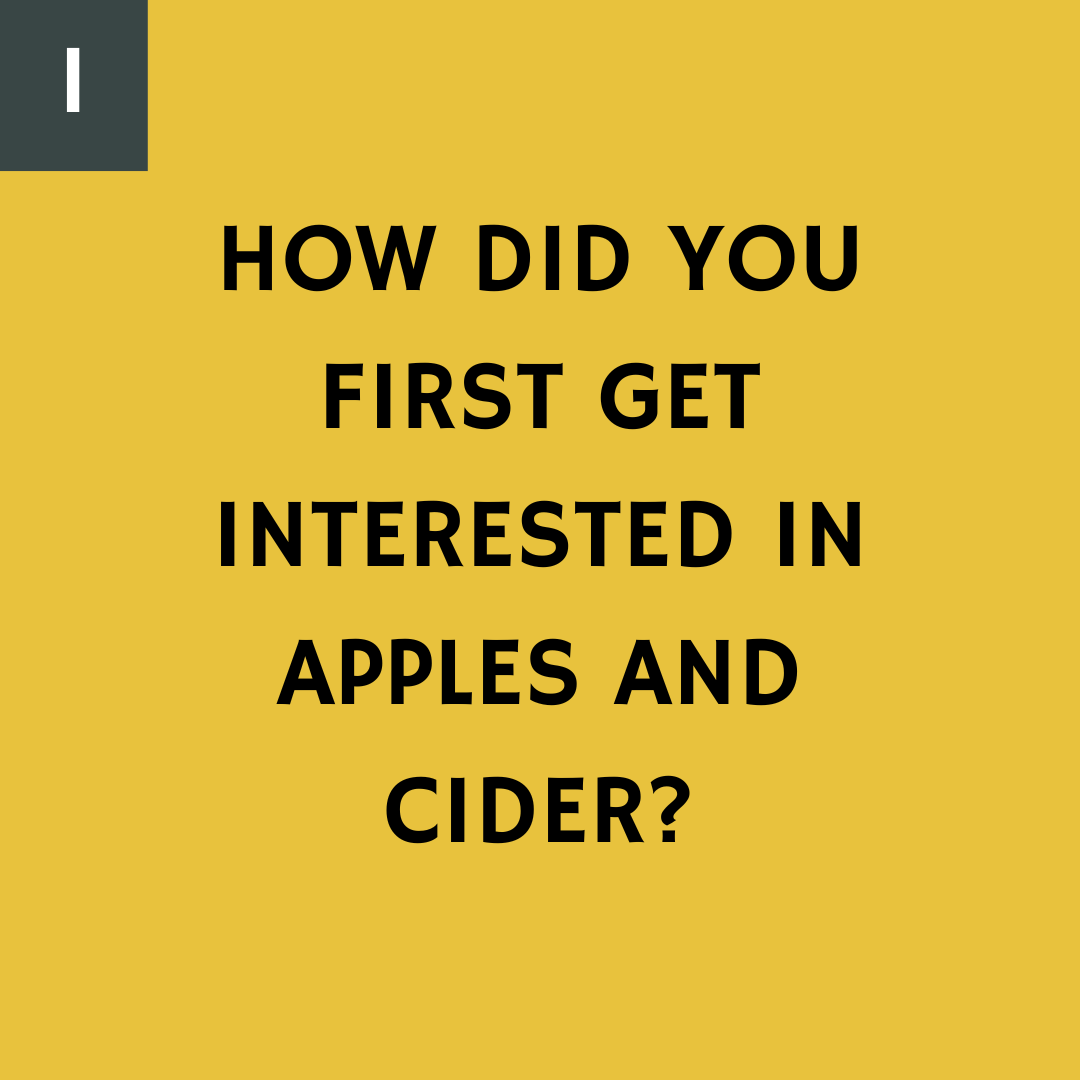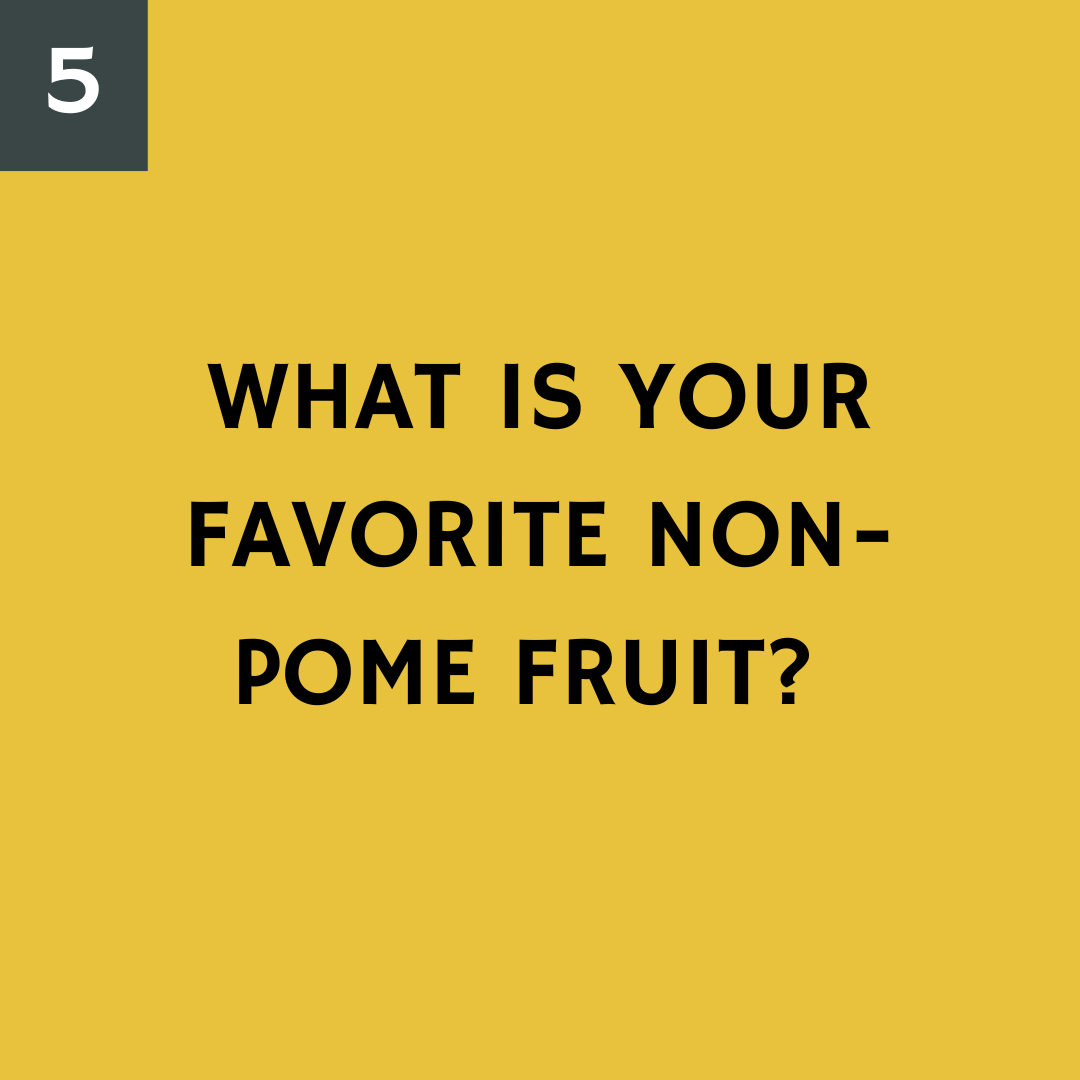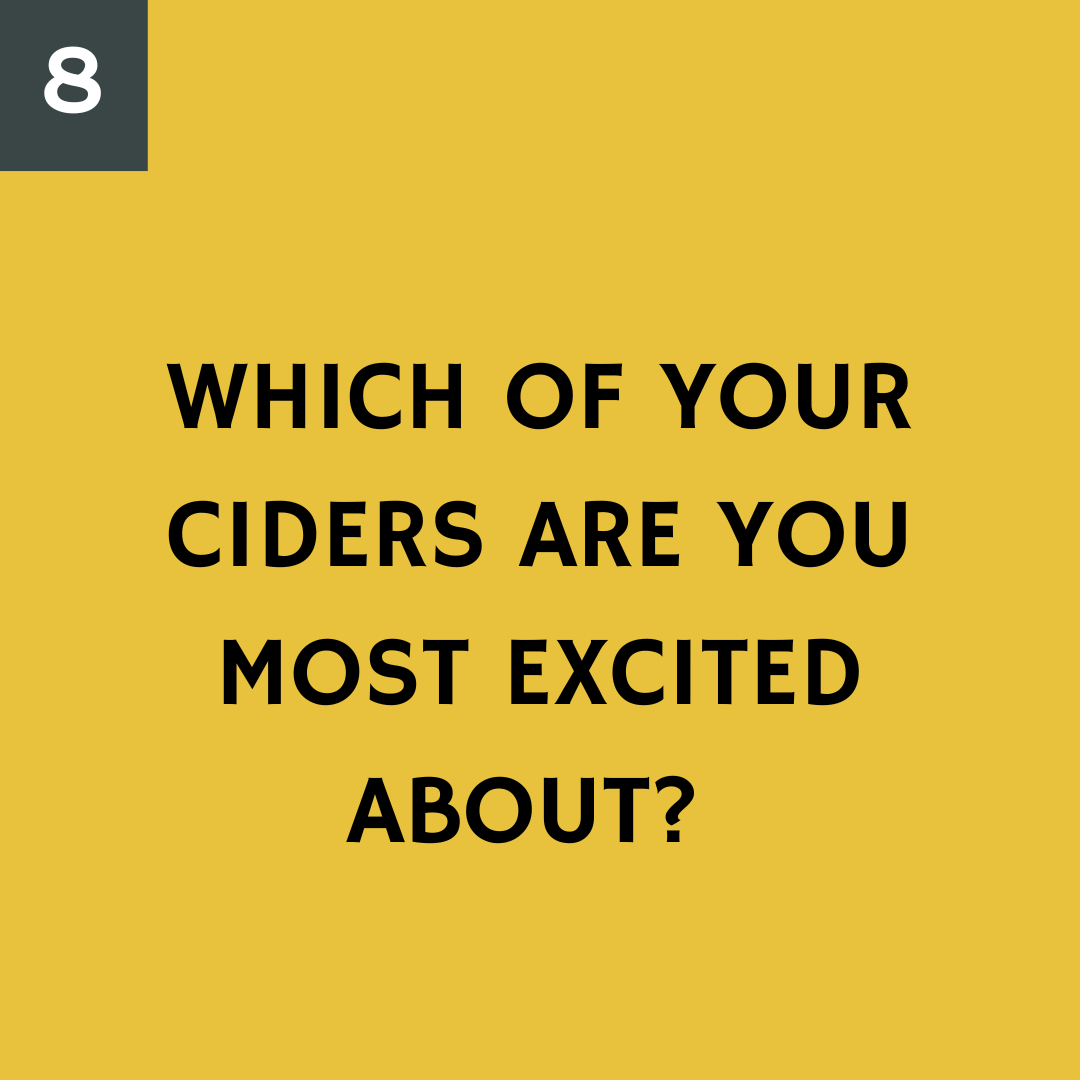What are cider and perry?
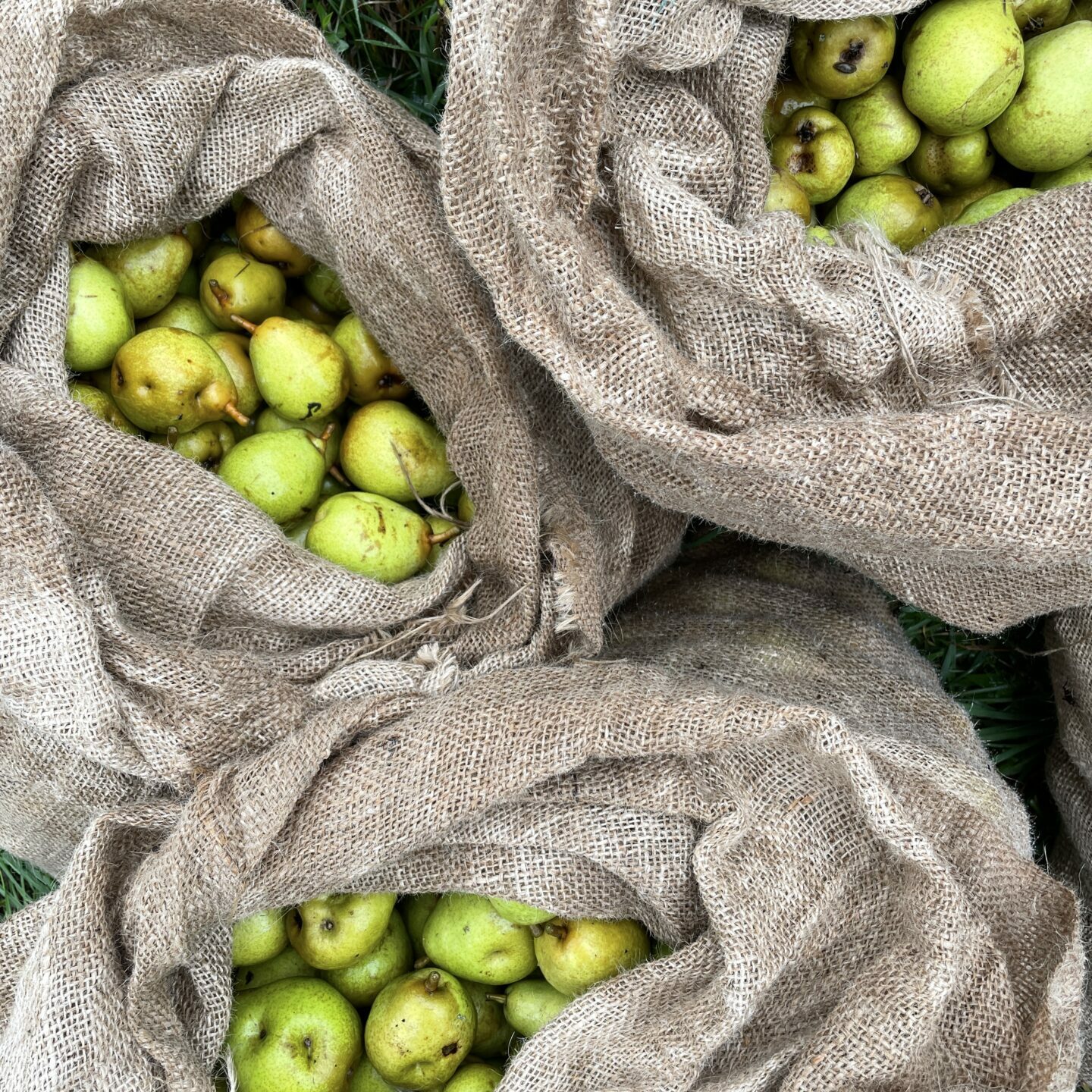
Cider—often called “hard cider” in the United States—is made by fermenting the juice of apples or other pome fruits.
It has a long and venerable history both in Europe and the Americas. By carefully choosing apple varieties and guiding fermentation cider makers can create a dazzling array of styles.
Like wine, apples and cider are deeply intertwined in the Finger Lakes, where many of the finest orchards grow fruit for drinking rather than eating.
WITH A HISTORY OF APPLE GROWING DATING BACK HUNDREDS OF YEARS, AS WELL AS ITS STANDING AS A HUB OF CONTINUING EDUCATION AND INNOVATION, THE FINGER LAKES REGION IS ONE OF THE MOST EXCITING PLACES FOR CIDER MAKING IN THE WORLD.

Great cider is made from many more than the few varieties of apples commonly found at the grocery store. There are thousands of varieties grown across the country, including dozens of unique varieties that originated in the Finger Lakes that give the region’s cider its dynamic personality. In addition to apples, the Finger Lakes is home to amazing varieties of pears used to make perry, or cider made from pears.
Perry may look like cider, but its taste reveals an explosion of sugar, acid, tannin, flowers and funk unique to perry that is not soon to be forgotten. Beyond apples and pears, lots of other fruits, herbs and even grapes can find themselves in some of the region’s great ciders. Cider casts a wide net into an ever expanding world for fermentation possibilities. Some ciders drink like wine, others are consumed by the pint, while others are slowly sipped after dinner.
Journey to Finger Lakes Cider
Home to many cider producers, as well as some of the leading apple research institutions in the world, the cider culture in the Finger Lakes is vibrant and highly influential.
Millennia ago, glaciers carved a series of rivers into deep gorges and valleys that filled with water as the ice receded. The long lakes that dominate the Finger Lakes landscape, in addition to the larger Lake Ontario, act as heat sinks, moderating the climate, delaying spring past the threat of frost and pushing warm weather deep into the calendar. The lakes help fruit growers mitigate some of the worst threats of climate change.

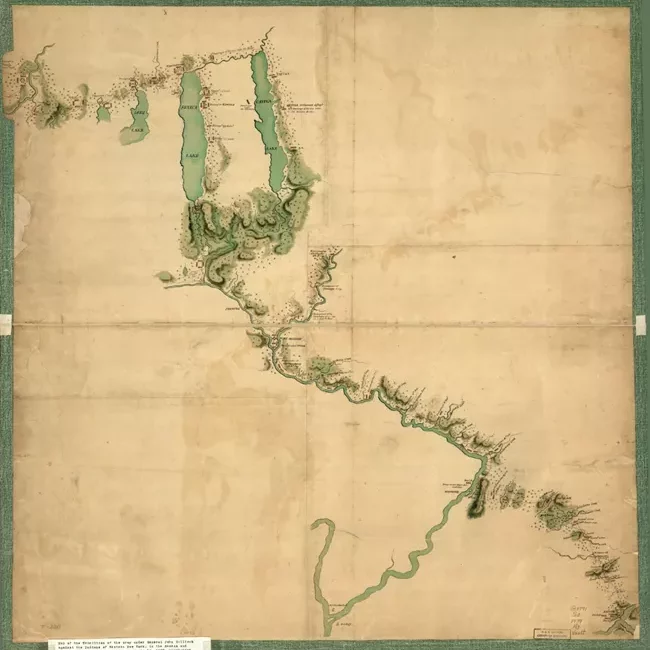
In the decades after, European settlers brought their own apples from New England and other points east to the well-drained glacial till soils. These soils were formed by the sediment deposited by the glaciers that gouged out the river valleys that formed the Finger Lakes 10,000 years ago.
The Finger Lakes is home to the USDA Apple Germplasm in Geneva, one the largest collections of apples in the world. The collection includes over 6,079 samples ranging from early North American heirlooms, to English and Spanish cider apples, wild apples from Central Asia, Turkey and even Bhutan.
Apple varieties like Empire, Cortland, Jonagold, Spigold, Redfield and Macoun were developed at the New York State Agricultural Experiment Station in Geneva, now named Cornell AgriTech, joining other famous New York apples like Northern Spy, Newtown Pippin and Esopus Spitzenburg.
Finger Lakes Cider Today
FINGER LAKES CIDER IS BUILT UPON A COMBINATION OF EXCELLENT GROWING CONDITIONS, A WEALTH OF VARIETIES, AND THE KNOWLEDGE AND DEDICATION OF FARMERS TO BUILD RICH AND COMPLEX FLAVORS YEAR AFTER YEAR.
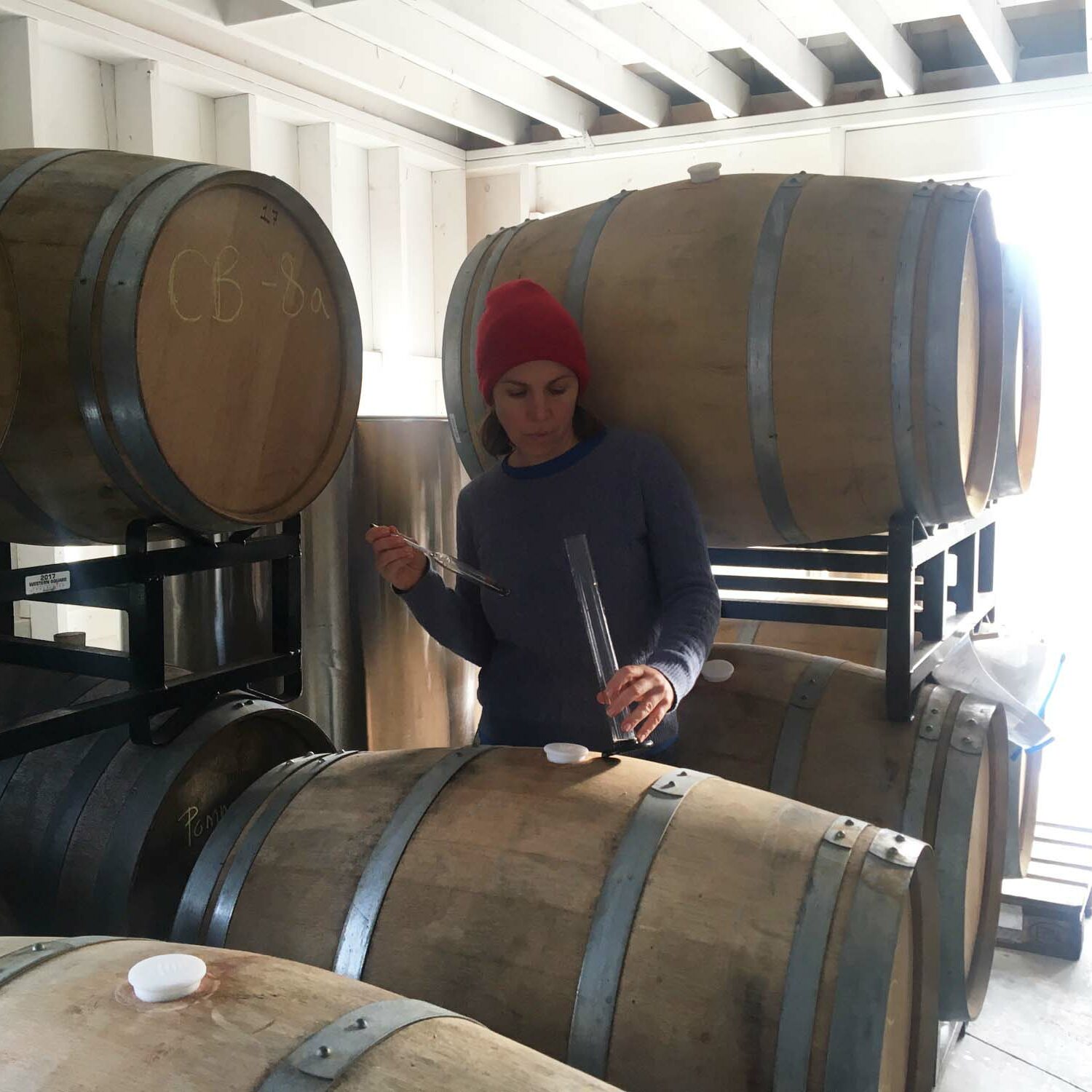
Cider in the Finger Lakes would not be where it is today if not for the groundwork laid by prior generations of apple and grape growers and the wineries that now line the shores of the lakes. Cider may have been built upon the wine roadmap, but it has developed its own unique voice, style and personality that has stretched past all expectations. Finger Lakes cider is a constantly evolving and redefining category that should be at the forefront of every cider lover’s mind.
Ten Questions to Ask a Cidermaker
Our cideries are family-run small businesses. When you visit, there's a good chance you'll get to talk directly to the cidermaker. Here are ten questions to kickstart your conversation to help you learn more about apples, what makes a quality fermented beverage, and why the Finger Lakes region is a cider haven.
